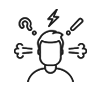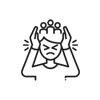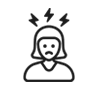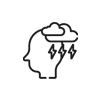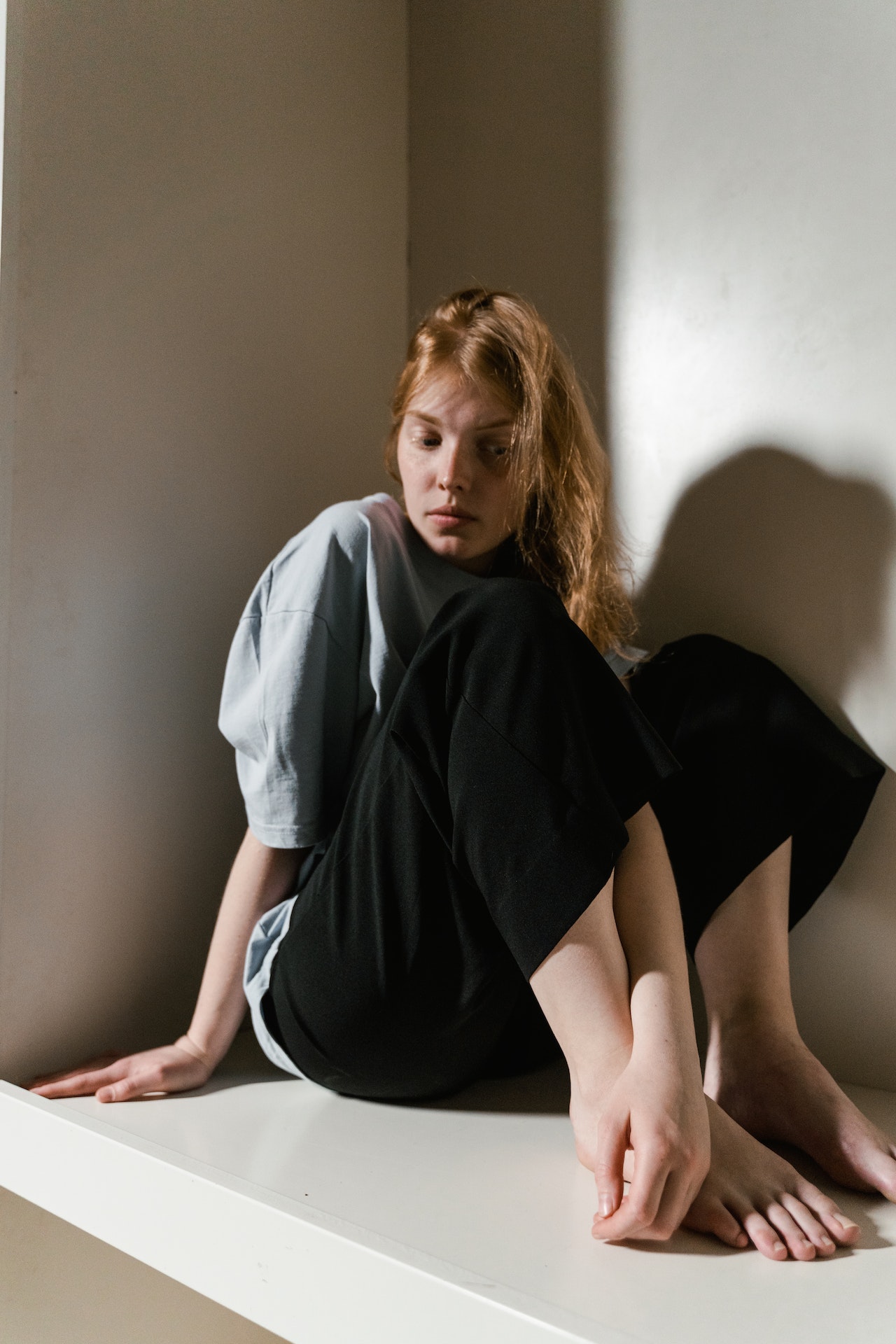
Signs and symptoms of Anxiety Disorder
- Excessive worrying: Worrying that is out of proportion for the task, trigger, or event at hand. This worrying occurs in response to everyday situations and must interfere with daily life, causing it to be intrusive and severe.
- Agitation: When individuals feel anxious, their sympathetic “fight or flight” nervous system takes over, and their body responds in physical manners that include rapid heartbeat, heavy and fast breathing, chest tightness, shaky hands, dry mouth, and sweaty palms.
- Restlessness: The inability to sit still or control racing thoughts.
- Difficulty sleeping: Changes in sleep can present with fatigue, difficulty falling asleep, difficulty staying asleep, or trouble getting out of bed in the morning.
- Muscle tension
- Headaches
- Irritability: Individuals with anxiety disorders become more impatient are quick to snap or act out, are highly aroused, and always feel “on edge”.
- Panic attacks: Panic disorder, a specific type of anxiety disorder, is characterized by recurring panic attacks. Panic attacks are characterized by feelings of doom and death, and intense, overwhelming fear that physically results in chest tightness, and shortness of breath.
- Irrational fears
- Avoiding social situations

